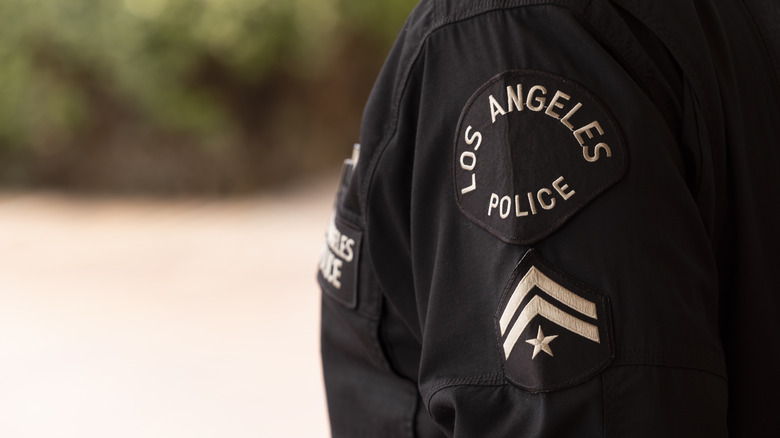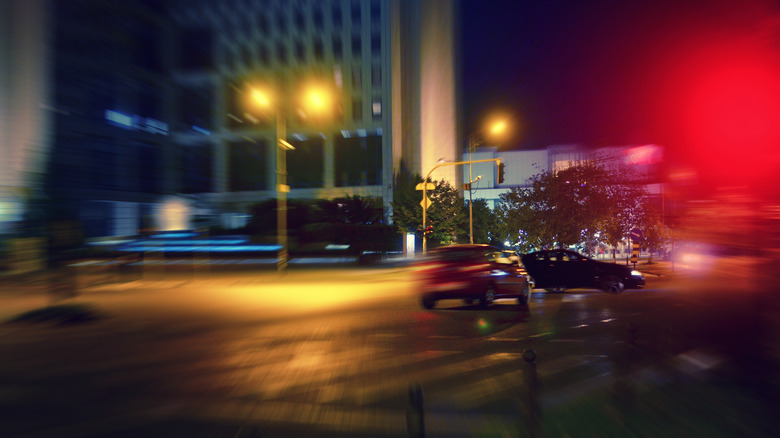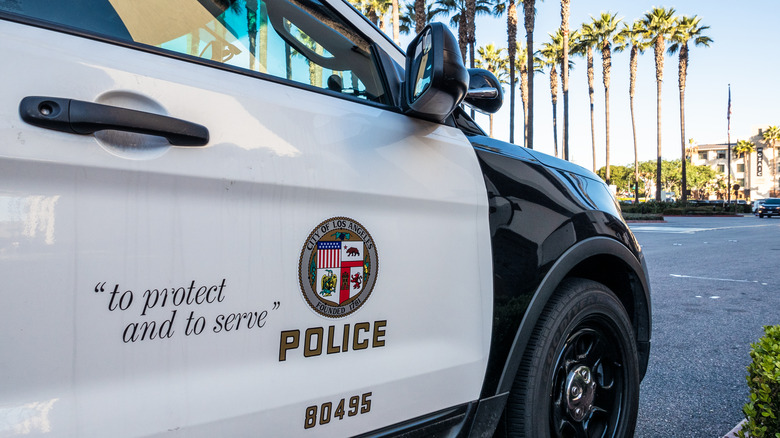LA Vowed To Look Into Police-Free Traffic Enforcement – But The Plan Has Hit A Snag
Los Angeles has been talking a lot about cutting police officers out of the city's traffic enforcement, but the plan continues to sputter without any real action. City officials committed to the idea years ago, during the height of 2020's calls for police reform. But five years later, the proposal is no closer to being put into place.
The initial idea was to overhaul the way the city handles traffic stops by replacing armed officers with trained civilian personnel. However, Los Angeles is now more than a year behind schedule. In June 2024, a unanimous City Council directive ordered city departments to come up with feasibility reports within 90 days of the directive. As of this writing, most of the reports remain unfinished.
Reform advocates say that data shows there are obvious racial disparities in stops, searches, and arrests, and they've urged officials — in Los Angeles and across the country — to remove police from routine traffic enforcement. The argument is that unarmed civilian teams and street design changes, such as daylighting laws, speed bumps, roundabouts, and lane narrowing, could improve safety without the risk of more violent encounters.
Arguments for and against are gumming up the works
Both local supporters and nationwide advocates believe that the city is missing out on a major opportunity to modernize its approach to road safety and set an example for the rest of the country. The Los Angeles Police Department knows how impactful it would be, too: In 2023, the Los Angeles Department of Transportation (link will download a PDF to your device) released a study showing just how easy it would be for most traffic enforcement to be done by unarmed civilian workers. But progress has been slow as molasses since then, with some LAPD leaders starting to backtrack.
Some of these officials insist they're still open to relinquishing some traffic duties, but they argue that there's too much value in traffic stops in the prevention of violent crime. They argue that properly conducted traffic stops are an effective deterrent and a way to remove guns and drugs from the streets.
Counter-arguments aside, reform advocates insist that LAPD stops are perpetuating harmful racial profiling and unnecessary tension between the police and civilians. Police departments also use traffic violations as "pretextual stops," a controversial move where officers use relatively minor issues as justification to investigate other potential crimes.
Research shows that something definitely can (and should) be done
Looking at the numbers, Los Angeles recorded 336 traffic deaths in 2023 – up from 312 in 2022 – which is more than the number of homicides that year. Yet, according to the LAPD's own figures (via Los Angeles Times), officers issued 28% fewer citations for dangerous driving during that same period. Reformers see this as proof that instead of investing in more officers, the city should instead focus on police-free traffic enforcement methods proven to slow drivers and protect civilians. And in a city known for its bad traffic, it's hard to excuse inaction. For now, this gridlock has no end in sight.
That said, Los Angeles has had some success with other forms of "unarmed response" that could serve as blueprints for an eventual traffic reform. For example, the promising results of the Unarmed Model of Crisis Response, which is a pilot program for dispatching trained civilian teams (social workers, therapists, and clinicians) to nonviolent emergency calls.
The success of this crisis response pilot program just goes to show that unarmed civilians can safely take over some duties that have traditionally been handled by police. Reformers and city planners hope for a tiered system where unarmed civilians handle nonviolent violations like broken taillights, expired registration, or parking in front of a wrong-colored curb, leaving officers to respond to the high-risk or criminal situations. Alas, whether or not Los Angeles will expand one of these pilot programs to traffic enforcement remains to be seen.


